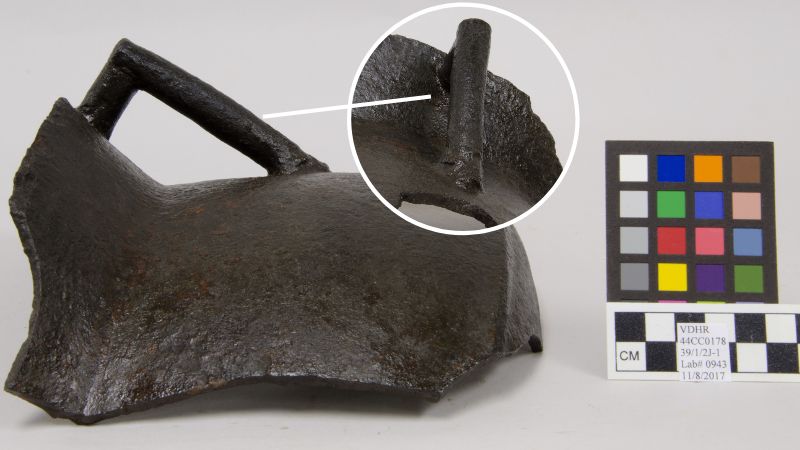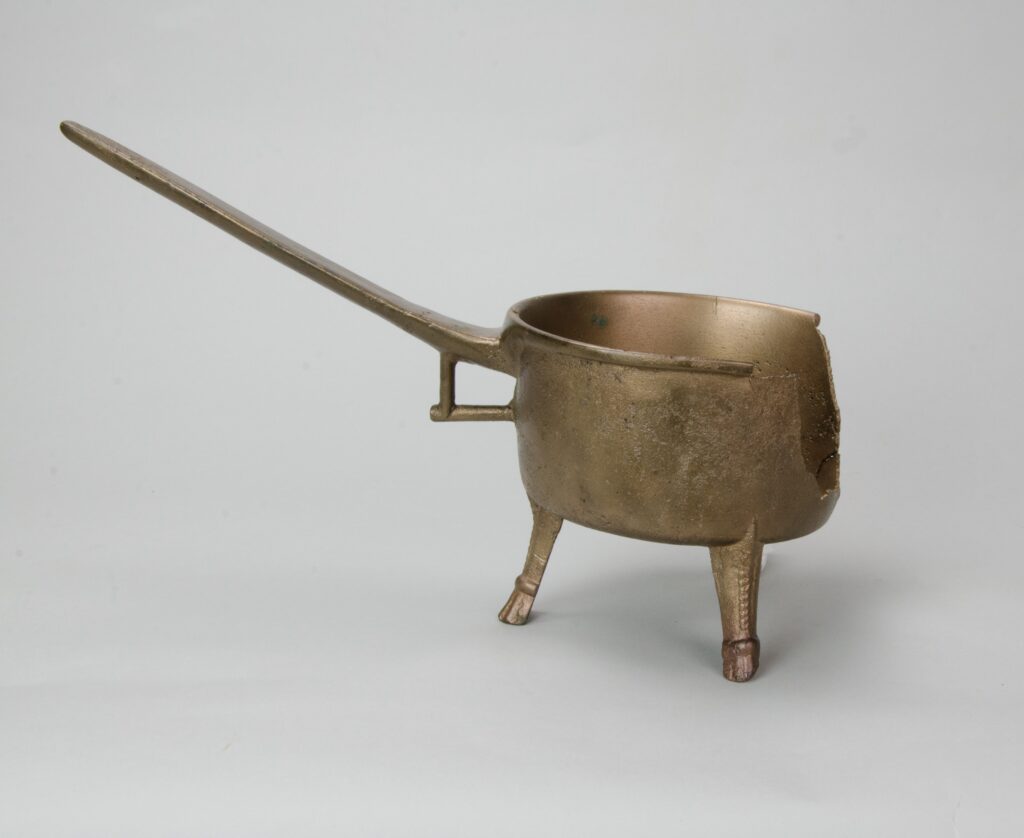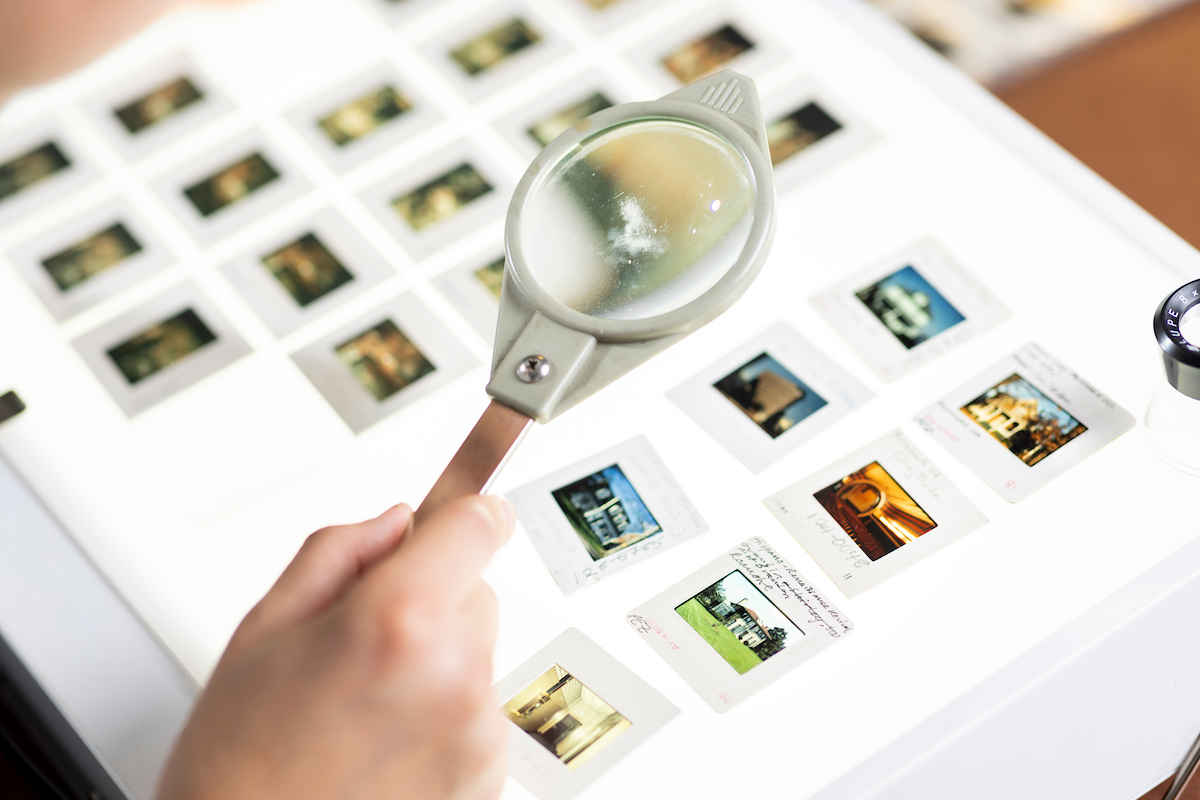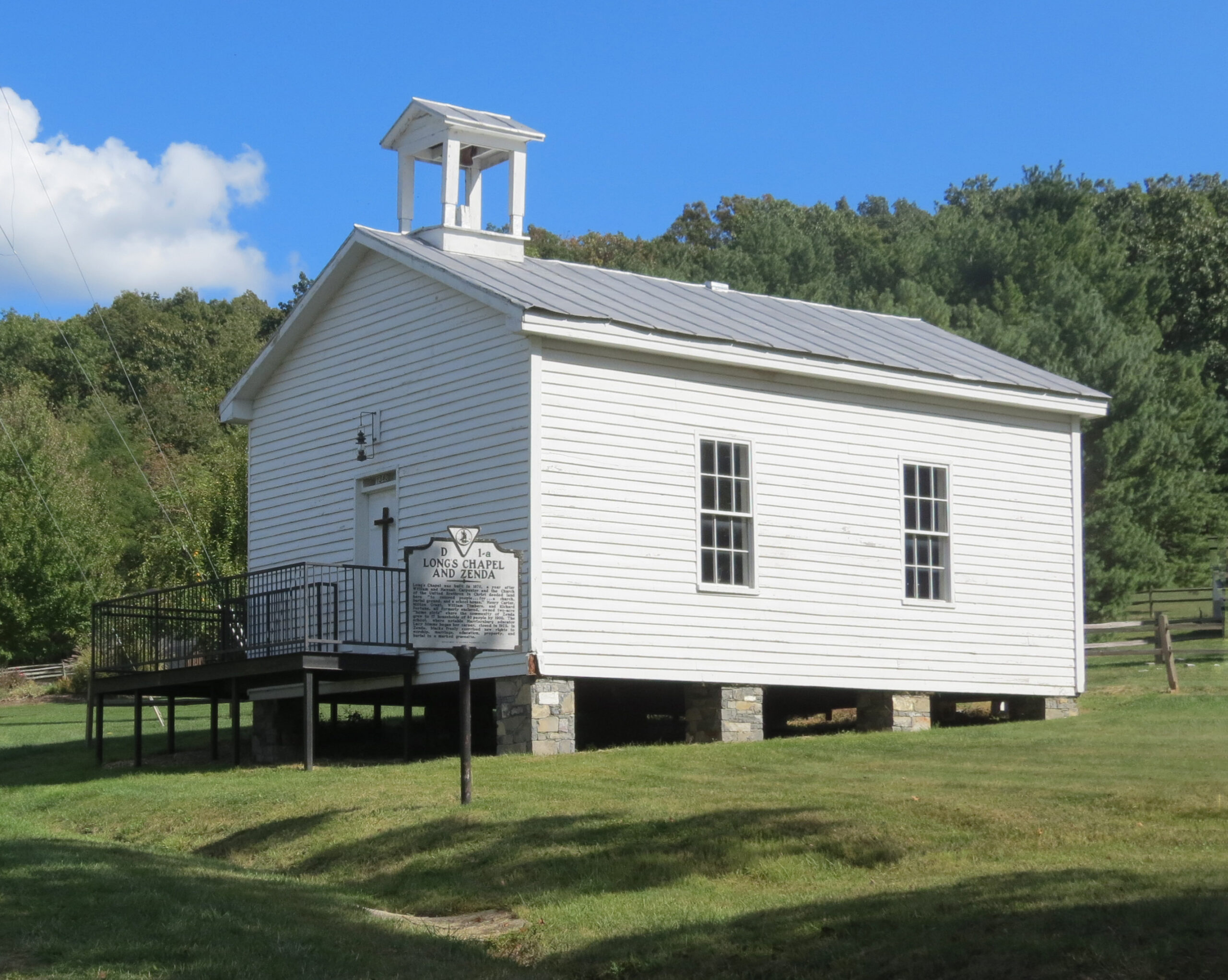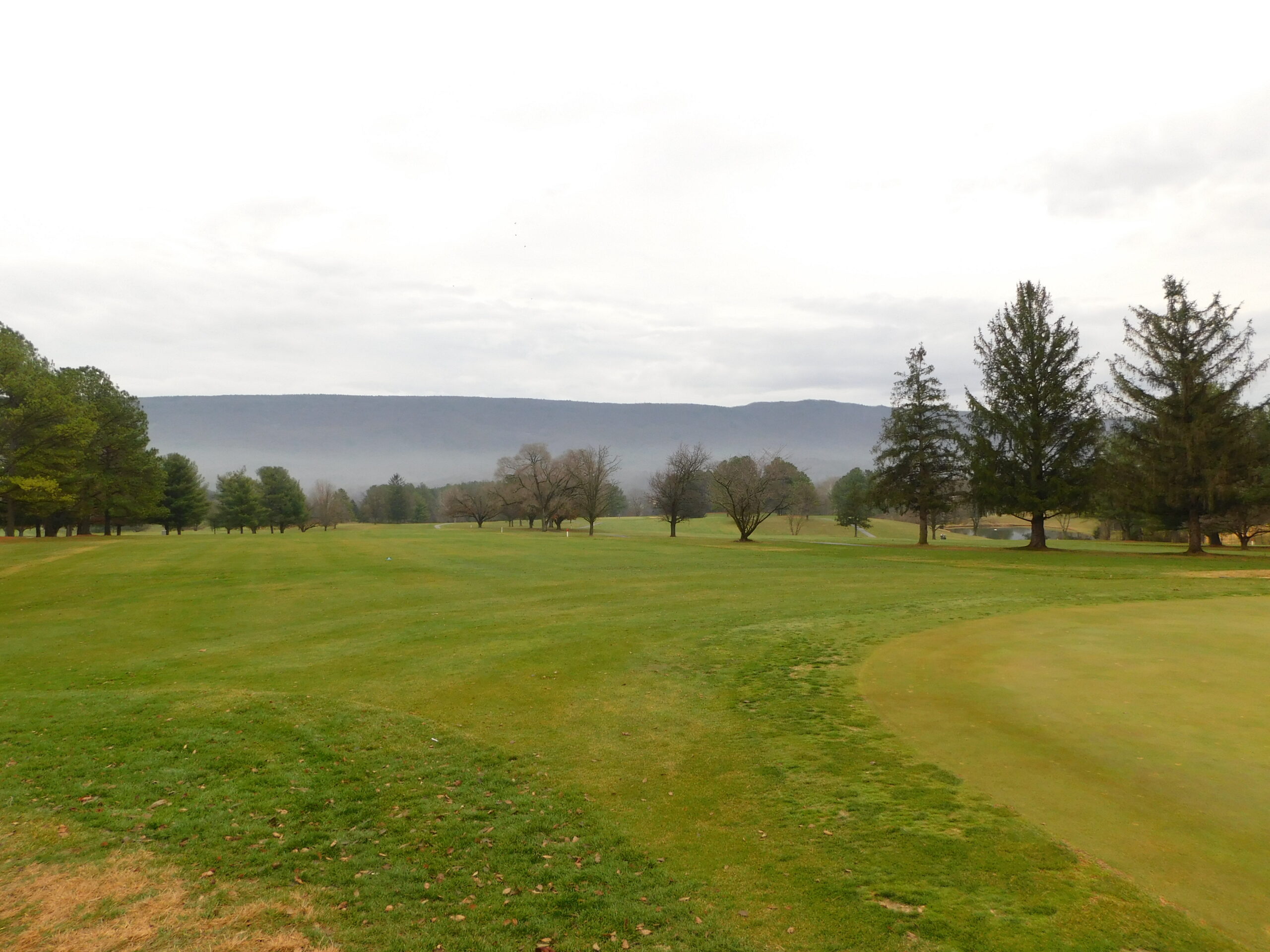Artifact Spotlight: A Different Type of Cauldron
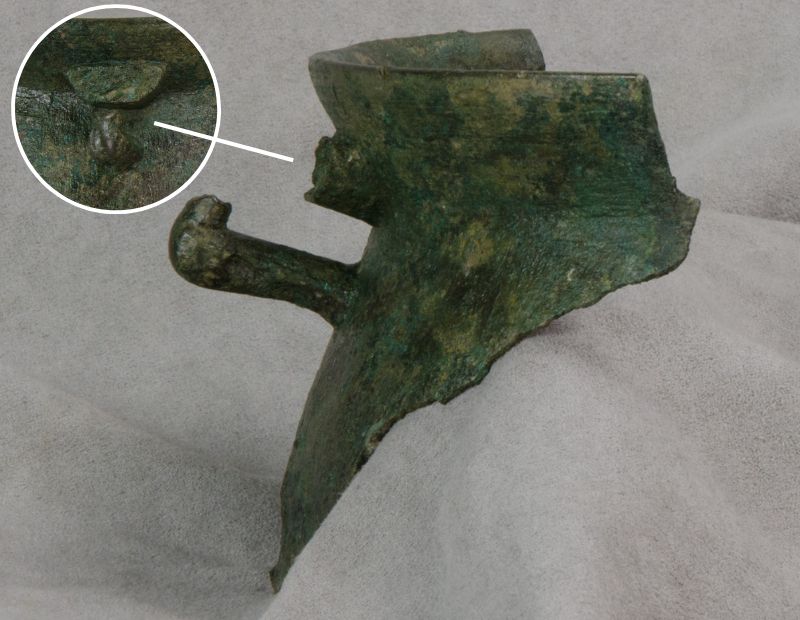
A piece of a cooking vessel from Virginia’s colonial era made its way to the Department of Historic Resources’s conservation lab, prompting the artifact conservator to take a closer look.
By Chelsea Blake, Conservator and Project Manager
Often, the smallest detail can turn a seemingly ordinary artifact into a very interesting learning experience. In this case, a fragment of a small cauldron came to the lab for conservation (see Figure 1). This artifact was excavated from what is now Kingsmill, in Williamsburg, Virginia, and dates to the colonial period of the state.
The artifact is cauldron-shaped, but the handle isn’t what we expected. A cauldron is typically a globular-shaped cooking vessel with a turned-out rim. Normally a cauldron handle is round or square, and is a similar size at the top and bottom, where it joins to the body of the cauldron (see Figure 2).
In the case of the fragment from Kingsmill, the handle, while largely missing, appears to sport a different design from that of a cauldron.
The top part of the handle is wide and flat, while the lower part is much narrower. The lower part of the handle protrudes directly out from the body of the cauldron and has a sharp angle toward the wider part of the handle. The two sections of a handle on a common cauldron do not normally differ so greatly in size and shape. This led me to wonder about the type of “cauldron” this artifact could be. After some research, I determined that the artifact in question was a posnet—a small, long handled cooking vessel (see example in Figure 3).
My experience with this item serves as a reminder that even “ordinary” artifacts sometimes require a closer look.
